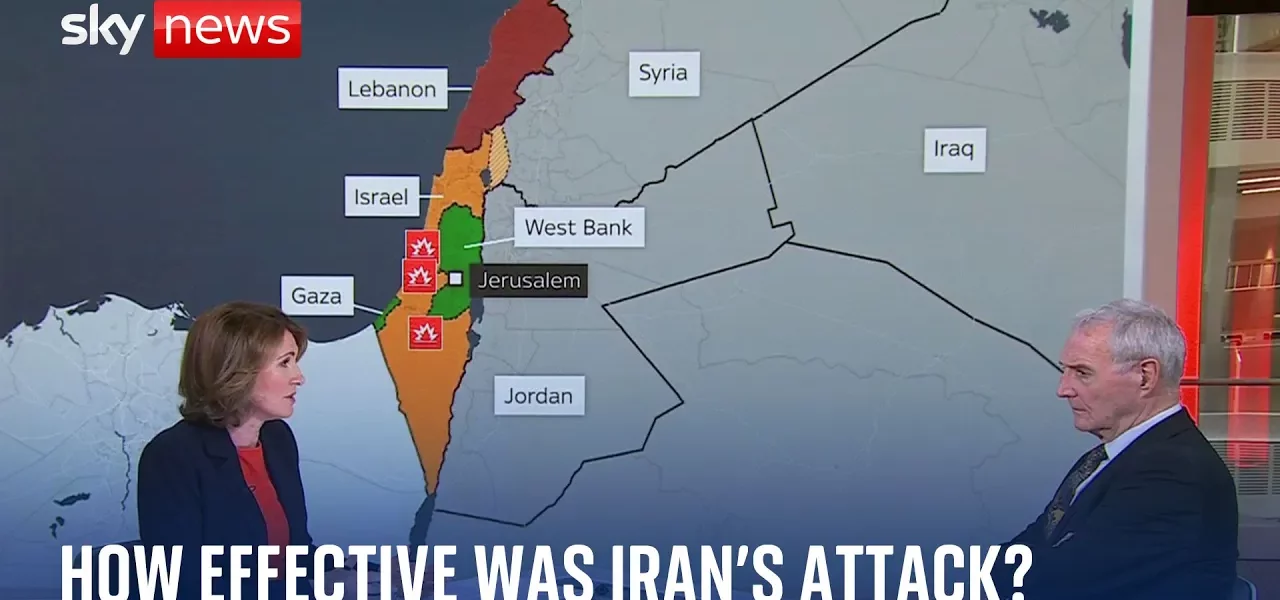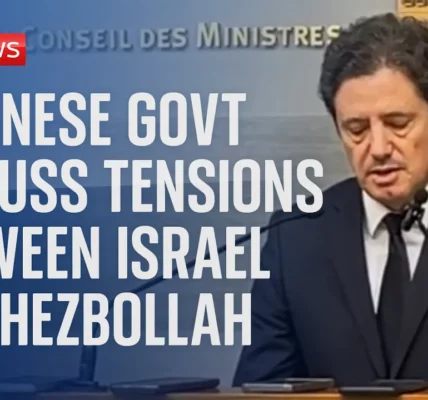Analysis of Iran’s Recent Missile Attacks: Targeting and Implications

This article provides a comprehensive analysis of the recent missile attacks launched by Iran, focusing on the effectiveness of their targeting, the types of missiles utilized, and the broader implications for regional security and military strategies.
Introduction to the Recent Missile Attacks
The recent missile attacks launched by Iran have raised significant concerns regarding regional security and military effectiveness. With reports indicating that approximately 180 rockets were fired, our defense and security analyst, Professor Michael Clark, delves into the implications of these actions. While some missiles managed to breach defense systems, the overall impact and effectiveness of the attacks remain contentious. This article will explore the details of these missile launches, their intended targets, and the potential ramifications for both Iran and Israel.
Effectiveness of Targeting and Defense Systems
One of the critical aspects of understanding the missile attacks is evaluating how effective Iran’s targeting was during the operation. Professor Clark notes that the defense systems in place are designed to discriminate between high-value targets and those that are less consequential.
Understanding Missile Guidance and Targeting
Missiles, particularly ballistic ones, follow predictable trajectories, akin to a cricket ball. Observers can estimate where they will land once launched. This allows defense systems to allocate resources efficiently:
- High-value military installations are prioritized for interception.
- Less dangerous missiles may be allowed to land if their impact poses minimal risk.
Reported Damage and Casualties
Despite some missiles getting through, there have been astonishingly no reported deaths or injuries thus far. However, independent verification of these claims is still pending:
- Missiles reportedly landed in non-populated areas.
- Some hits occurred near military bases, such as the Negev Air Base.
- Debris from intercepted missiles may have caused injuries in certain areas.
Types of Missiles Used in the Attacks
Understanding the types of missiles utilized by Iran during these attacks is crucial for assessing the threat they pose. The New York Times has reported that the ‘Fat’ missiles, which are classified as quasi-ballistic, were possibly used:
Characteristics of Quasi-Ballistic Missiles
Quasi-ballistic missiles differ from traditional ballistic missiles in their ability to maneuver during flight, which can enhance their effectiveness against defensive systems. Key features include:
- Lower flight profiles that make detection more challenging.
- Improved targeting capabilities due to maneuverability.
Concerns Over Missile Reliability
Despite claims regarding the advanced capabilities of these missiles, their repeated failures raise questions about their reliability:
- Previous launches have reportedly not achieved their intended impact.
- Further development of independently targeted warheads is ongoing, but evidence of success is lacking.
The Broader Implications for Regional Security
The missile attacks and Iran’s military capabilities represent a significant concern for regional stability and security. Professor Clark emphasizes that while the Iranian government may seek to save face through these demonstrations, the actual military effectiveness remains questionable.
Potential Consequences for Military Strategies
The implications of these missile attacks extend beyond immediate military considerations:
- Shifts in defense strategies for Israel and its allies.
- Increased military preparedness and vigilance in response to Iranian tactics.
- Potential for escalated conflicts in the region if missile capabilities continue to evolve.
Public Perception and Political Ramifications
The response from the Iranian public and government can also shape future military engagements:
- Celebration of missile launches may bolster domestic support for the Iranian regime.
- International reactions could influence diplomatic relations and negotiations in the region.
Conclusion
In summary, the recent missile attacks by Iran have highlighted both the capabilities and limitations of their military strategies. While some rockets succeeded in breaching Israeli defenses, the overall effectiveness of the attacks appears limited, with no reported casualties. The situation demands continuous monitoring of Iran’s military advancements and the responses from Israel and its allies. As the dynamics of regional security evolve, stakeholders must remain vigilant.
For those interested in further exploring the implications of missile technology in modern warfare, be sure to check our related articles on missile defense systems and regional military strategies.
“`




